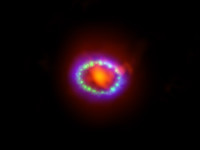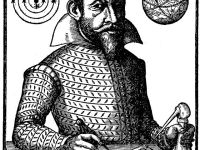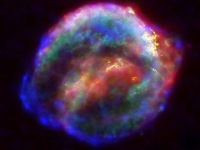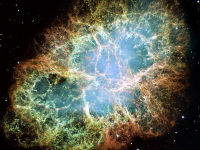SN 1987A – The Best Studied Supernova of All Time
On February 24, 1987, SN 1987A, a supernova in the outskirts of the Tarantula Nebula in the Large Magellanic Cloud occurred visible to the naked eye. It was the closest observed supernova since Kepler’s Supernova SN 1604, which occurred in the Milky Way itself.[5] SN 1987A – The Best Studied Supernova of all Time Due to the relative proximity to Earth, SN 1987A became one of the best studied supernovae of all…
Read more






